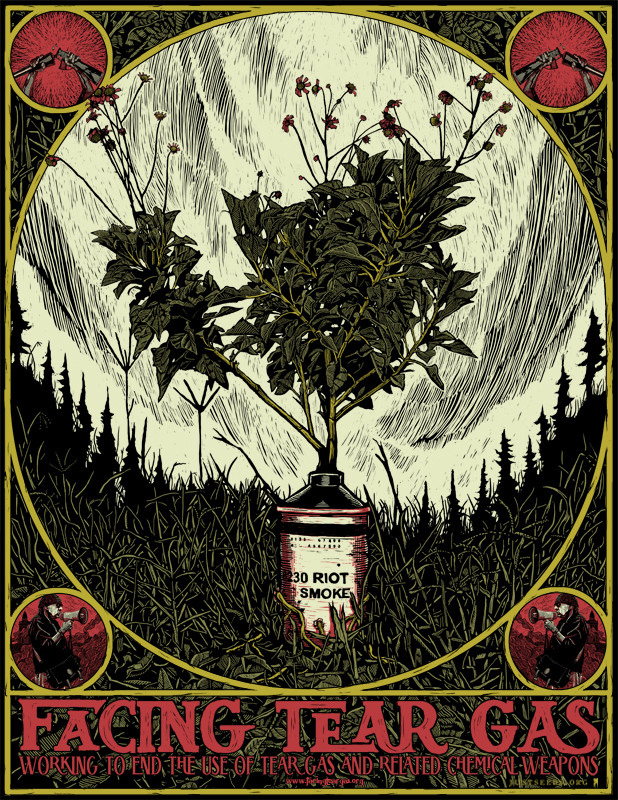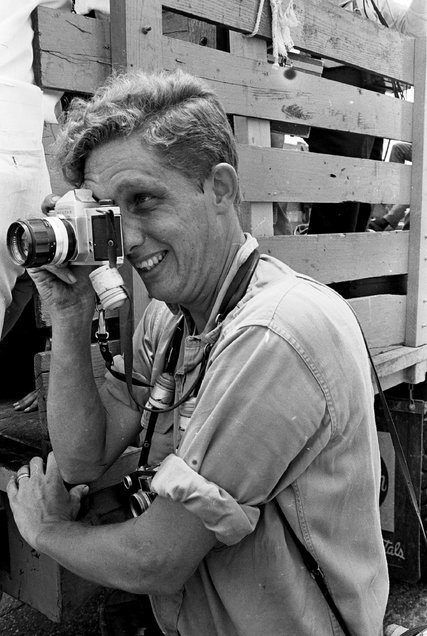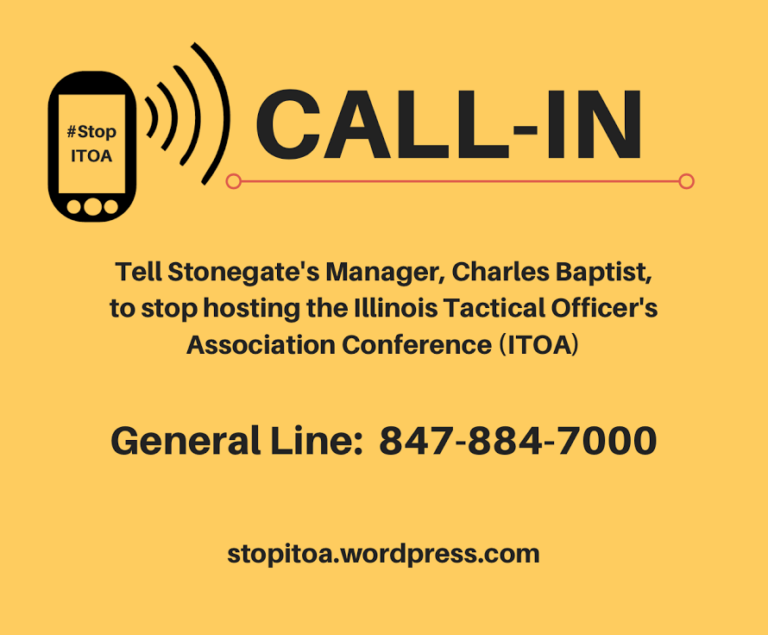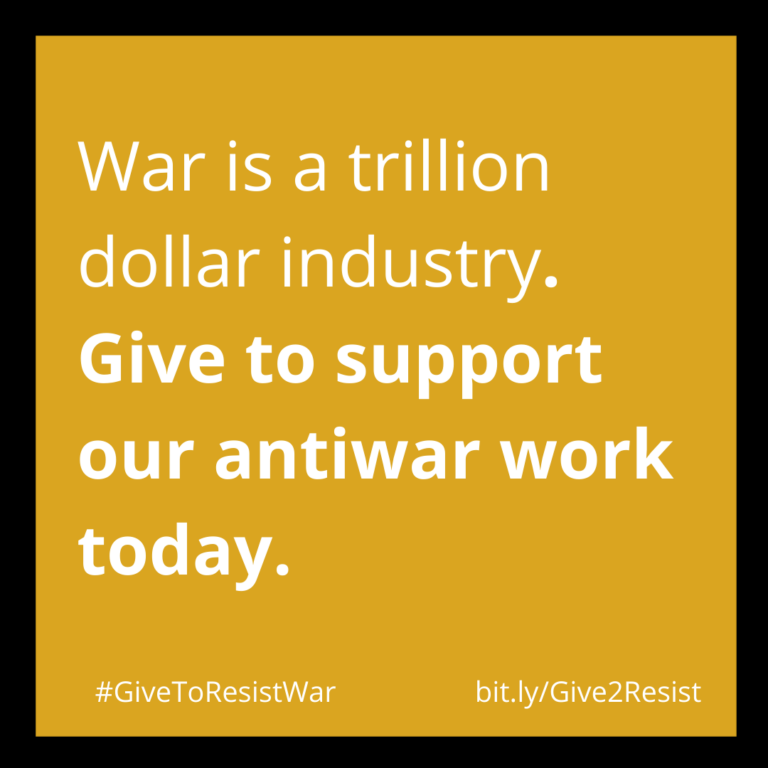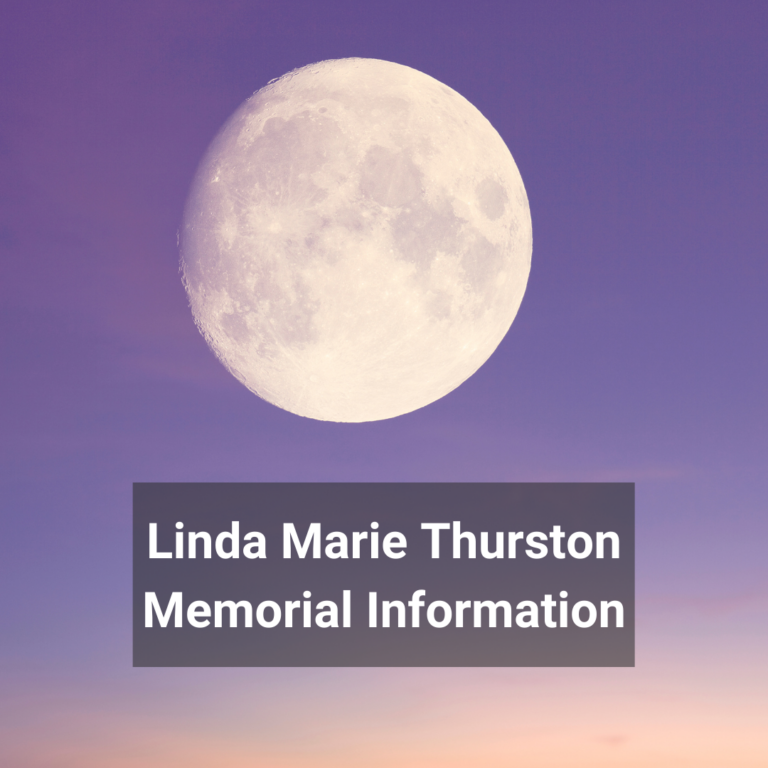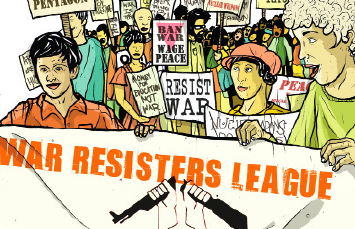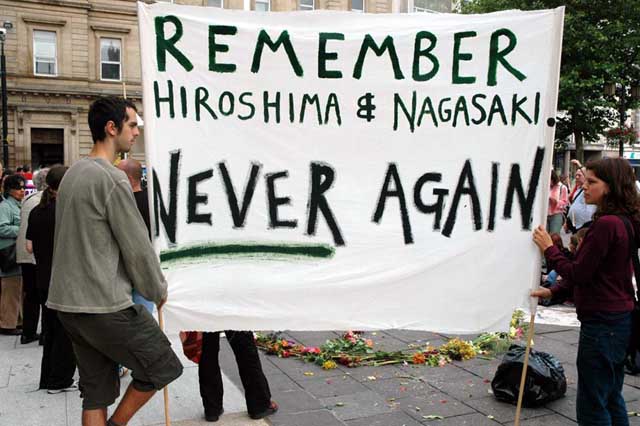Tear Gas – What You Need To Know
From 2012 to 2014, War Resisters League ran the Facing Tear Gas campaign aimed at exposing the tear gas industry: who’s making it, who’s buying it, and where it’s used. Tear Gas, unsurprisingly, was found to be a common tool for state oppression from the United States to Bahrain, Egypt, Israel, and elsewhere.
Now in 2020, the use of tear gas is back on the forefront of people’s minds for its use against Black Lives Matter protestors across the United States. Not only are police using a chemical weapon on protestors, but they are also using it during the context of the COVID-19 pandemic – compounding the danger to people’s lives.
While some cities across the United States have implemented a 30-day ban, War Resisters League continues to push for a total ban of tear gas.
For more information on tear gas, including domestic and international testimonials, the research behind companies, and a workshop you can use to educate others, visit our website here. We’ve pulled some key information below:
Tear gas (and pepper spray!) is a chemical weapon that is banned in warfare between states, but states are still able to use them domestically for “riot control.” As we’ve seen many times, including in #JusticeForGeorgeFloyd protests, these chemical weapons are routinely used to break up peaceful movements.
First and foremost, for our comrades on the streets: protect yourself from teargas by covering as much of your skin as possible. Wear hats/beanies. Cover your face, preferably with a damp/wet bandana covering your nose and mouth. This is an excellent post on preventative measures you can take against tear gas.
So who makes these chemical weapons? Quite a few companies: CombinedSysInc, AMTEC Less-Lethal Systems, Condor Non-Lethal Technologies (BRAZIL), Safariland, Nonlethal Technologies, and Sage Ordnance Systems Group.
In 2019, Warren Kanders of Safariland was forced off the board of the Whitney Museum after War Resisters League alongside our partner Decolonize This Place and other groups protested the museum’s connections to tear gas. Earlier this week, Safariland announced it would sell its business that manufactures crowd control agents.
In addition to the streets, where is teargas used? U.S. schools. U.S. prisons. And internationally: when police in Bahrain, Egypt, Israel, and Yemen are crushing dissent, they use canisters that say “MADE IN THE USA”.
What are the different kinds? CS, CS1, CS2 are the most common forms of teargas. CS is by far the most common form of teargas used. If you see a canister on the streets labelled “CR” – watch out. These are known to be more intense and toxic than CS.
Share

